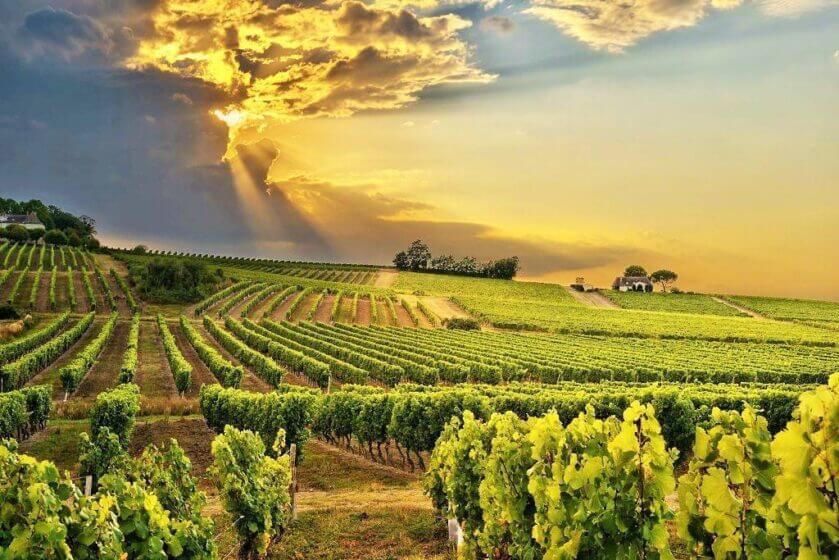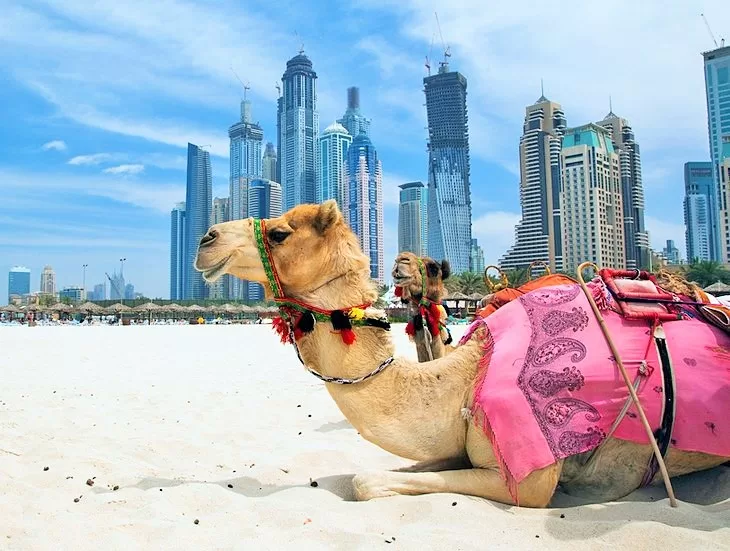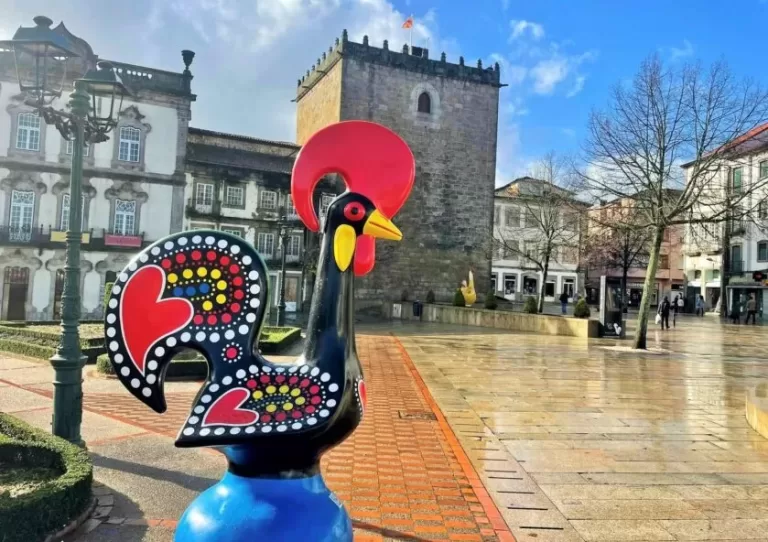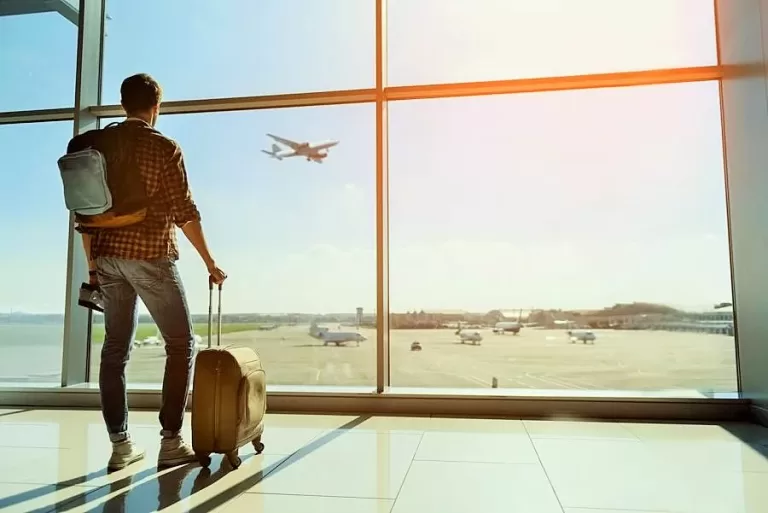Western Cape Wine Farms
For anyone, foreign or local, visiting the Western Cape it would be almost impossible not to bump into a wine farm. Spittoons are available but not encouraged, here you swallow! South Africa is the ninth largest producer of wines worldwide. The Western Cape being the crowned jewel of the wine regions.
I grew up in the small town of Somerset West. Located on the R44 and on the doorstep of the Stellenbosch wine route, this region probably boasts the most wine farms per square kilometre in South Africa.
As a teenager living in a wine region it was only natural to become a “connoisseur” at a young age. Tassenberg, better known as the “student wine” cost less than $1 a bottle in those days. A red blend of whatever was left over after farmers had sold their harvest off to the wine producers. Don’t get me wrong, this was by no means “plonk”. Tassenberg sells over 4 million liters a year and is still an affordable wine currently around $3 a bottle. South African wines in general are good value, costing anything from $2 – $100 per bottle. The average price for a good bottle is around $8.
South Africa contributes over ten million gallons of wine towards the global market. Most of that coming from the 560 wineries located in the Western Cape. There are seven distinct wine routes to choose from, all of which promise a scenic drive, top notch restaurants overlooking lush vineyards and impressive tasting rooms from architectural digest.
Having a car is a must if you intend on visiting wine farms, just be sure to have a designated driver and ample trunk space for your take home spoils. Pop into any tourism office for a free brochure on the wine routes available or just type “wine” into your GPS. Alternatively, there are many wine tour companies offering to chauffeur you around.
The major wine routes to look out for are: 1) Stellenbosch wine route, 2) Paarl wine route, 3) Franshhoek wine route, 4) the Elgin Valley, 5) Constantia wine route, 6) the Robertson wine route and 7) the Wellington wine route.
If you’re a professional wine connoisseur, I would recommend purchasing the John Platter Guide. This will provide details on the wine farms and rate the wines on a scale from 1 -5 stars. It’s the wine Bible for those in the know. It can be purchased online or in most bookstores.
let there be WINE!
The Stellenbosch Wine Route.
Stellenbosch the town (also known to the locals as “Stellies”) is beautiful in summer. Iconic for its Oak tree line streets and Cape Dutch style buildings. It’s also a student town housing various campuses for the Stellenbosch University which has produced many a fine winemaker. There are around 148 wineries in the Stellenbosch valley, so you are really spoilt for choice. Most wine farms are located on either side of the R44, but many more can be found branching off from this. The Pinotage wine is popular in the area. It’s a cross between Pinot Noir and Hermitage (Cinsaut). A variety created in South African that is now being plated around the world.
Red cultivars include: Cabernet Franc, Cabernet Sauvignon, Cinsaut (Noir), Grenache (Noir), Malbec, Merlot, Petit Verdot, Pinot Noir and Shiraz.
White cultivars include: Chardonnay, Chenin Blanc, Colombar(d), Marsanne, Riesling (Rhine or Weisser Riesling), Sauvignon Blanc, Semillon and Viognier.
Our favorite wineries for this region are Meerlust, Kliene Zalze, Lanzerac, Morgenster, Thelema and Villeria. But as mentioned there are many wine farms and each has award-winning wines.
The Paarl & Wellington Wine Route.
This is a much smaller region with Paarl having about 49 wineries and Wellington about 6, so both can be done in a day. Paarl backs onto Stellenbosch and you can get there by continuing on the R44 through Klapmuts or by traveling along the N1 and turning off to Paarl on the R45.
Wines from this region are mostly white wines, typically fruity in flavors and are mainly Chenin Blanc and Chardonnay cultivars. The most notable wineries in this area are Nederburg, Plaisir De Merle, KWV (which also makes brandy), Backsberg and Fairview. At Fairview they also manufacture their own cheeses and visiting the “Spice Route” is a whole day for the whole family.
The Franshhoek Wine Route.
Franshoek is a charming little town that was started in the 17th century when French Huguenot settled there and decided to call it home. Translated into Afrikaans, the town’s name means “French Corner” and it offers around 45 wineries. Our favourites are Leopards Leap, Boschendal, Haute Cabrière and Antonij Rupert (who also has an old car museum for petrol-heads). The area also offers some fabulous restaurants and boutique accommodation venues. The French Huguenot Memorial Museum and the Mont Rochelle Nature Reserve are also worth a visit. It’s worthy of an overnight stay when doing this region.
The Elgin Valley Wine Route.
Surrounded by the Hottentots Mountain range, the Eglin Valleys offers 11 wine farms, dotted around the lush green valley known for its “cool climate wines”. Our favorite wine farms are South Hill (Rose and Sauvignon Blanc), Oak Valley (Sauvignon Blanc, Pinot Noir and Riesling) and Almenkerk (Chardonnay and Rose).
The Constantia Wine Route.
If you are a tourist doing city sightseeing, you can take the Hop on Hop off bus to do this tour. This way you have your designated driver. The scenic drive will have you experiencing some iconic wineries like Groot Constantia, Klein Constantia and Buitenverwachting.
The Robertson Wine Route.
Located on the R60, the Robertson wine region also includes Bonnievale, McGregor, Ashton and Montagu which together offer 36 wine farms. Our favorite wine farms in the area are Springfield (you MUST try the “Life from Stone” Sauvignon Blanc.), Van Louveren – showcasing a manicured garden and a very romantic story about a Tangled Tree, Viljoensdrift – order yourself a ploughman’s platter, a bottle (or two) of wine and do the barge river cruise, and Graham Beck for some decedent MCC sparkling wine (Méthode Cap Classique) made in the traditional method of Champagne, where a secondary fermentation happens inside the bottle.
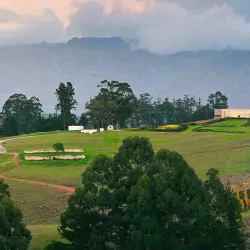
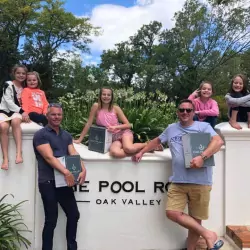
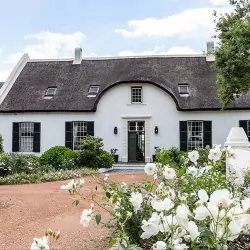
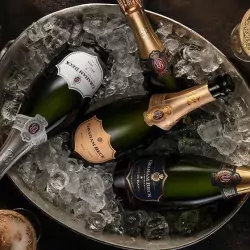
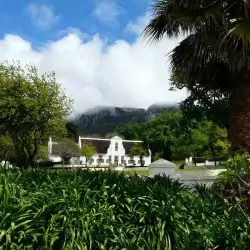
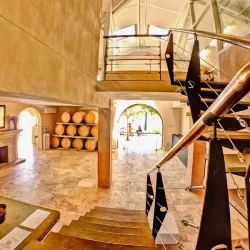
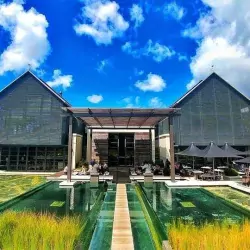
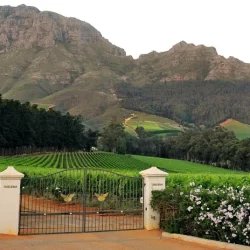
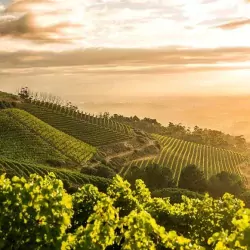
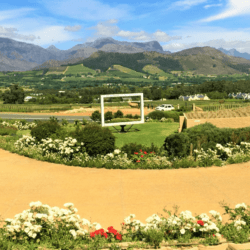
The Western Cape truly is a beautiful part of South Africa and the above wine routes will showcase the best that this region has to offer. Throw a stone and you’ll hit a wine farm or just randomly put your finger on the wine route map and head out to explore, you won’t be disappointed with where you land up. The whole idea is to explore, enjoy delicious local produce, sample excellent wines and appreciate the magnificent surroundings.
For more ideas on what to do in the area, see our article on Cape Town

